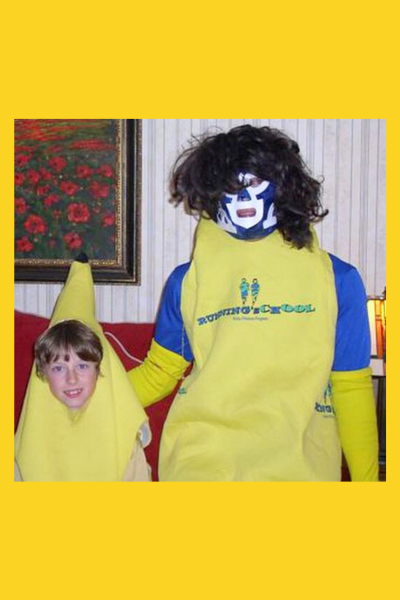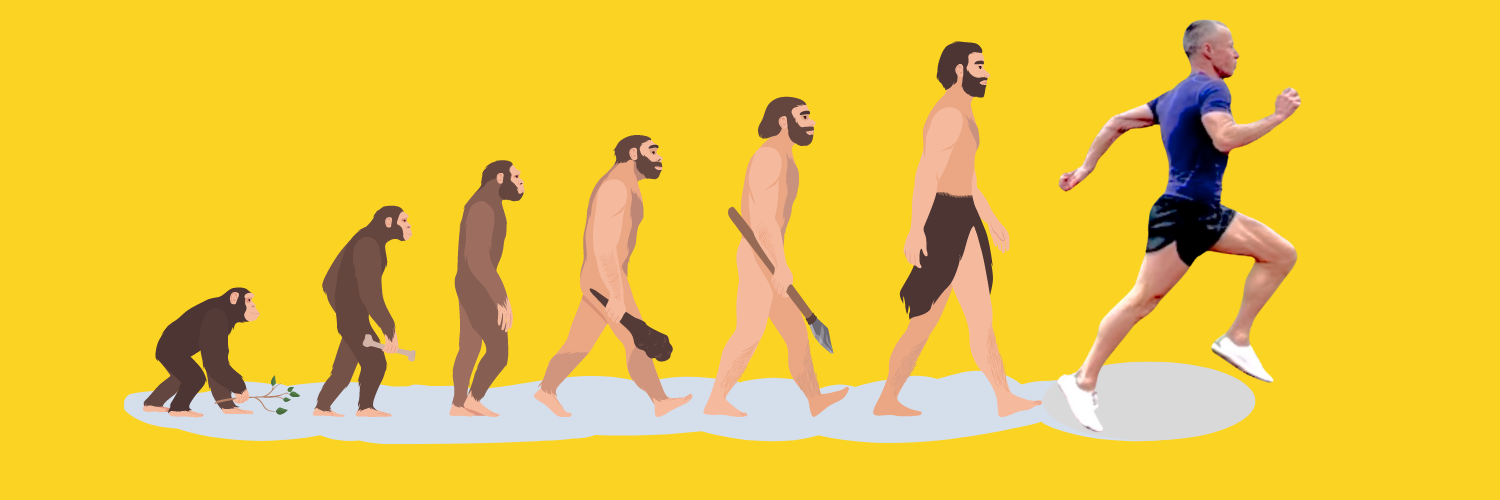Mark Bell recently said: “The first kind of education should be physical education.” What a concept! Would you agree? I would for sure. “The mind follows the body,” said Socrates.
Back in 2007, I formed and operated a non-profit kids fitness program called “Running School.” (Get it? “Running’s cool!). For several years, we served 10 elementary schools and ~5,000 kids with regular campus visits for special fitness days—a timed long-distance run (to measure fitness against California statewide standards) and a fun endurance obstacle course with exciting challenges. The program was great fun but over time, the novelty wore off and it appeared the schools and adults involved regressed into the typical daily pattern of academics before fun or fitness.
At my own children’s elementary school, I created a fantastic “Morning Mile” program where teachers and administration agreed to devote the first 10 minutes of the school day for every kid to run on a trail I built around the perimeter of the school. It made a big splash—KCRA Sacramento featured it on the morning news show. I would dress up as Banana Man and have fun running with the kids. Our school had a 93% passing rate for the statewide distance run standard, while the overall state average was a pathetic 40%—meaning most elementary school kids today cannot run a half-mile without stopping to walk.
Over time the program faded from popularity. A couple kids fell and lost some skin, parents complained about “safety”, and teachers complained about time lost for academics. It’s important for kids to develop academically, but not at the expense of the body. Today, high pressure youth sports develops amazing athletes at the front of the pack, but the middle and back of the pack are literally walking to the finish line. If you have kids or can influence the lives of kids, do anything you can to get them moving. Remember, in generations past, we were compelled to move due to different neighborhood designs and lack of other entertainment options.
Oh yeah, the same edict applies to adults. Humans have a genetic imperative to be in near-constant movement throughout the day. This is a fundamental of evolutionary biology and validated by research with modern day hunter-gatherer populations. The Hadza in Tanzania walk between 3 and 7 miles per day, and spend a lot of time doing other physical efforts. Even at rest they are often squatting—the default ancestral resting position, where muscles and joints are still absorbing load and absorbing what’s called ground reaction forces. In contrast, sitting in a chair or couch de-loads the skeleton and weakens and atrophies muscles.
I know habit change is tough, but please keep in mind that movement is not optional for human health–it’s mandatory. You’ll be surprised how you can integrate simple movements into your home routine or even your workday at a desk. Coming soon, Mark Sisson and I are releasing a fantastic new book called, Born To Walk. You’ll get a complete presentation on how to integrate a more walking-oriented lifestyle, how to improve barefoot competency, and how to avoid the many health risks of overly stressful exercise—which endurance running is for most participants. Visit Peluva.com to download a free eBook called “The Ultimate Guide To A Barefoot And Minimalist Shoe Lifestyle” and use the code BRADPODCAST for 15% off of your first pair of the ultimate five-toe barefoot style minimalist shoe.









